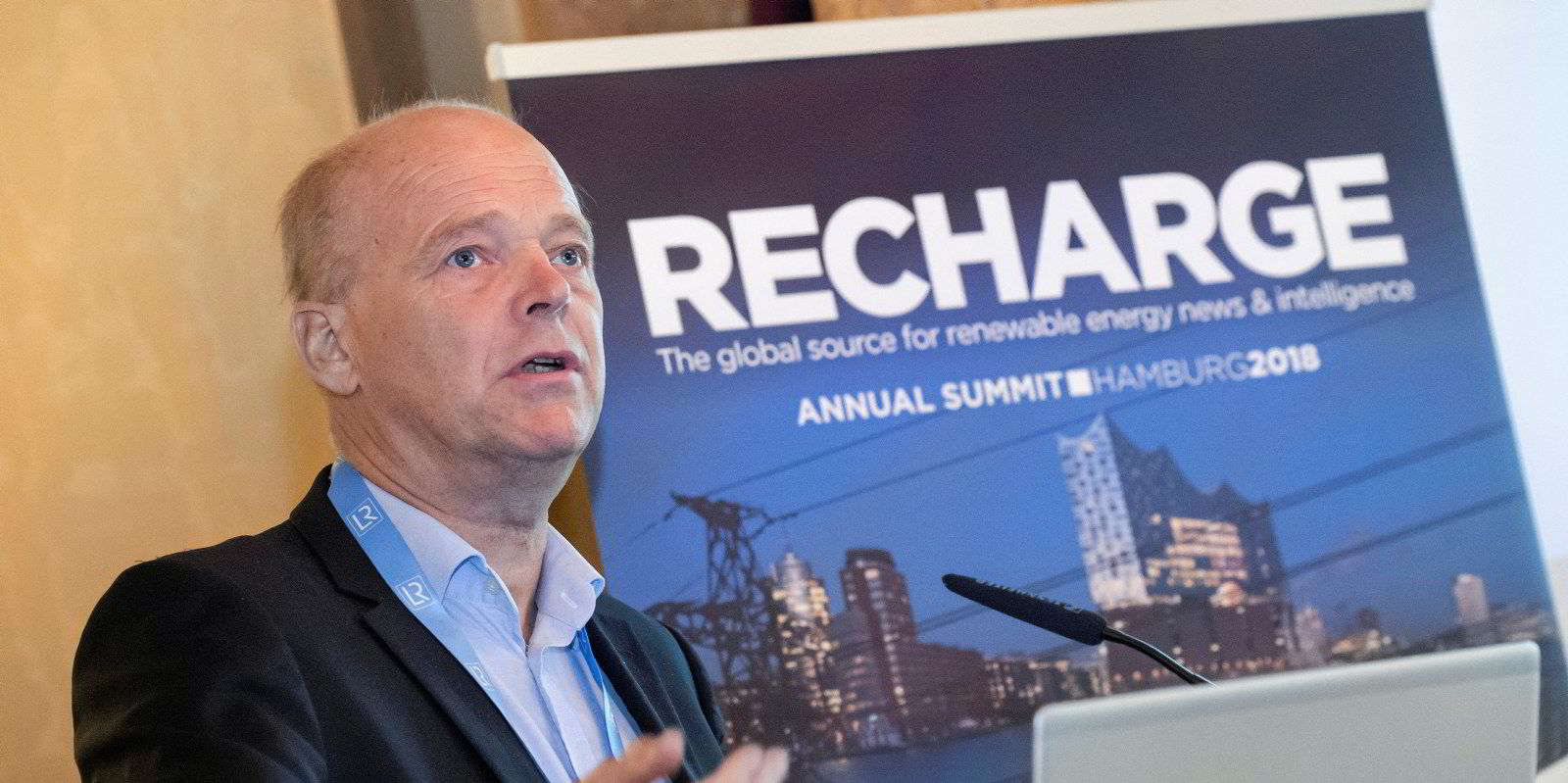Chinese industrial group Sany claimed a new test facility is the first of its kind able to handle blades for 30MW wind turbines, in another sign that China is unlikely to call a halt to the industry's 'arms race' over ever more powerful machines.
The group’s Sany Renewable Energy unit said a newly-commissioned dual-axis ground-based exciter, which simulates the forces facing blades in operation, can fatigue-test the 100-metre-plus blades now entering the market.
“This is the first integrated test for fatigue testing of ultra-long blades in China, satisfying the verification demands for blade performance of 30MW-class wind turbines,” said Sany RE, which earlier this year unveiled a 131-metre blade claimed to be the longest ever produced for onshore wind.
Sany told Recharge it does not have plans for a 30MW turbine, a rating even beyond the massive step-ups in power announced by Chinese wind players over the last few years.
China’s wind OEMs have openly discussed plans for offshore wind turbines in the 20-25MW range, while onshore, Sany itself has said it aims to bring a 15MW model to market.
The dash to ever-larger ratings has taken China beyond the ambitions of western rivals, several of which have stressed the need for the supply chain to be given the chance to keep pace.
Global wind turbine technology pioneer Henrik Stiesdal, earlier in February awarded the prestigious Queen Elizabeth Prize for his work in the industry, told Recharge in an interview that he fears a turbine "arms race" to ever more powerful machines could undermine the benefits of mass industrialisation.
Sany said the new testing facility reflects the fact that “blade length exceeding 100 metres also puts forward new challenges for blade reliability verification. The single load of the traditional single-axis testing system can no longer meet the needs of ultra-long blade performance verification”.
The manufacturer added: “The test system has a maximum excitation force of 140kN for dual-axis testing, which can cover the verification requirements of 30MW wind turbines. At present, the system has successfully completed the testing and verification work on 112-metre blades and will continue to test and verify the 131-metre blades recently launched.”



